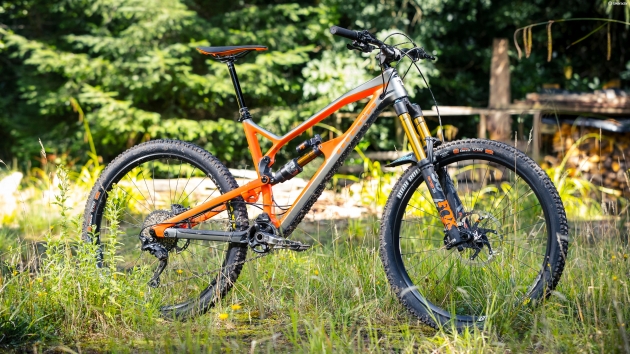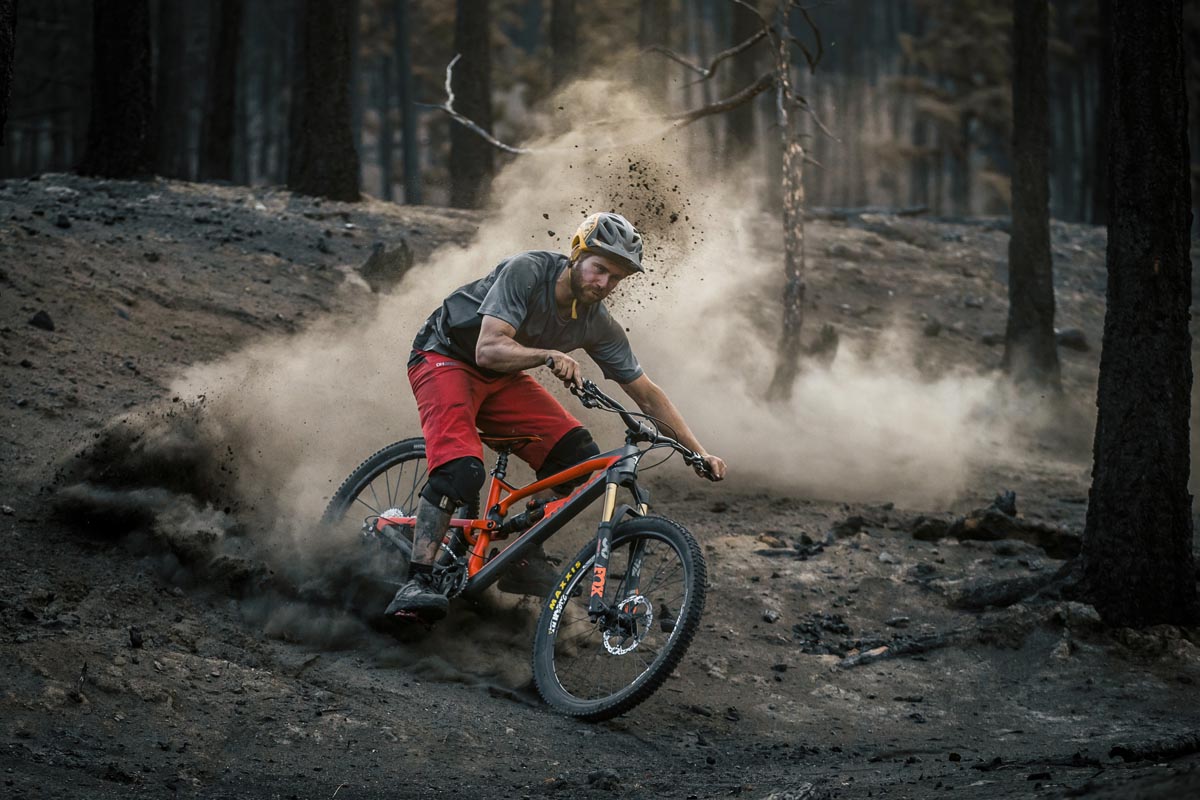Mountain Bicycling
Full Suspension Vs Hardtail Mountain Bike
There's a great deal of smoke and mirrors in mountain biking. The available mountain bike styles are about as different as every other style of bicycles consolidated, and the rationale regarding what setup performs best is hugely an individual inclination.
When it comes down to a hardtail mountain bike and a full suspension one, everyone has its upsides and downsides. Understanding the attributes of each casing can enable you to choose which is more qualified for your specific style of riding. Pick the one that fits you like your most loved pants - and set out toward the trails in certainty.

Hardtail Mountain Bikes
A hardtail mountain bike is unified with a durable casing produced using steel, carbon fiber, aluminum, or titanium and for the most part, includes a front fork with water driven suspension. These bikes can keep running with derailleurs for switching gears or with single speed adapting to diminish the requirement for support on the trail.
Full Suspension Mountain Bikes
A full suspension mountain bike includes water powered front fork and a moment set of hydrodynamics underneath the seat post. The casing comprises of two pieces joined by turns, which enable the areas to move freely with safeguards controlling the rate of that development.
These casings are accessible in same materials from hardtails, however, are marginally heavier because of the extra equipment of the back stun. Full suspension bikes regularly keep running with a back derailleur to adopt evolving.

Upsides and downsides of Each Bike
A hardtail bike offers a hugely responsive ride. They are frequently viewed as quicker than full suspension bikes because they exchange energy to the back wheel all the more effective. On non-specialized surfaces, this outcomes in better quickening and makes it less demanding to maintain higher rates.
In any case, hardtail bikes take the knocks of the trail harder and are less agreeable than full suspension bikes, which give a smoother ride if you're hitting a harsh territory.
The solace of a full suspension bike can mean better riding over longer courses, settling on it a decent decision for long-remove riding. Hardtail bikes are regularly more affordable than an identical full suspension outline since the pivoted casing and safeguard both add to the cost.
Picking a Hardtail versus Full Suspension
Picking a hardtail or a full suspension relies upon your aptitude as a rider and your planned reason. Because the hardtail is more responsive, more challenging to control, and less inclined to mechanical disappointment, riders who require an exceptionally exact bike for short courses or dashes ordinarily support it.
These riders make up for the problematic dealing with elevated amounts of ability and experience. If you're new to mountain biking, you may select a hardtail to spare cash. A full suspension bike may cost more to keep up finished the long haul too since there are more parts to benefit.
Merely remember that a full suspension bike handles more difficult territory without sacrificing solace and will more often than not be more straightforward to control for beginners. The two bikes have focal points and weaknesses, making them both prominent in their circles of similarly invested riders.